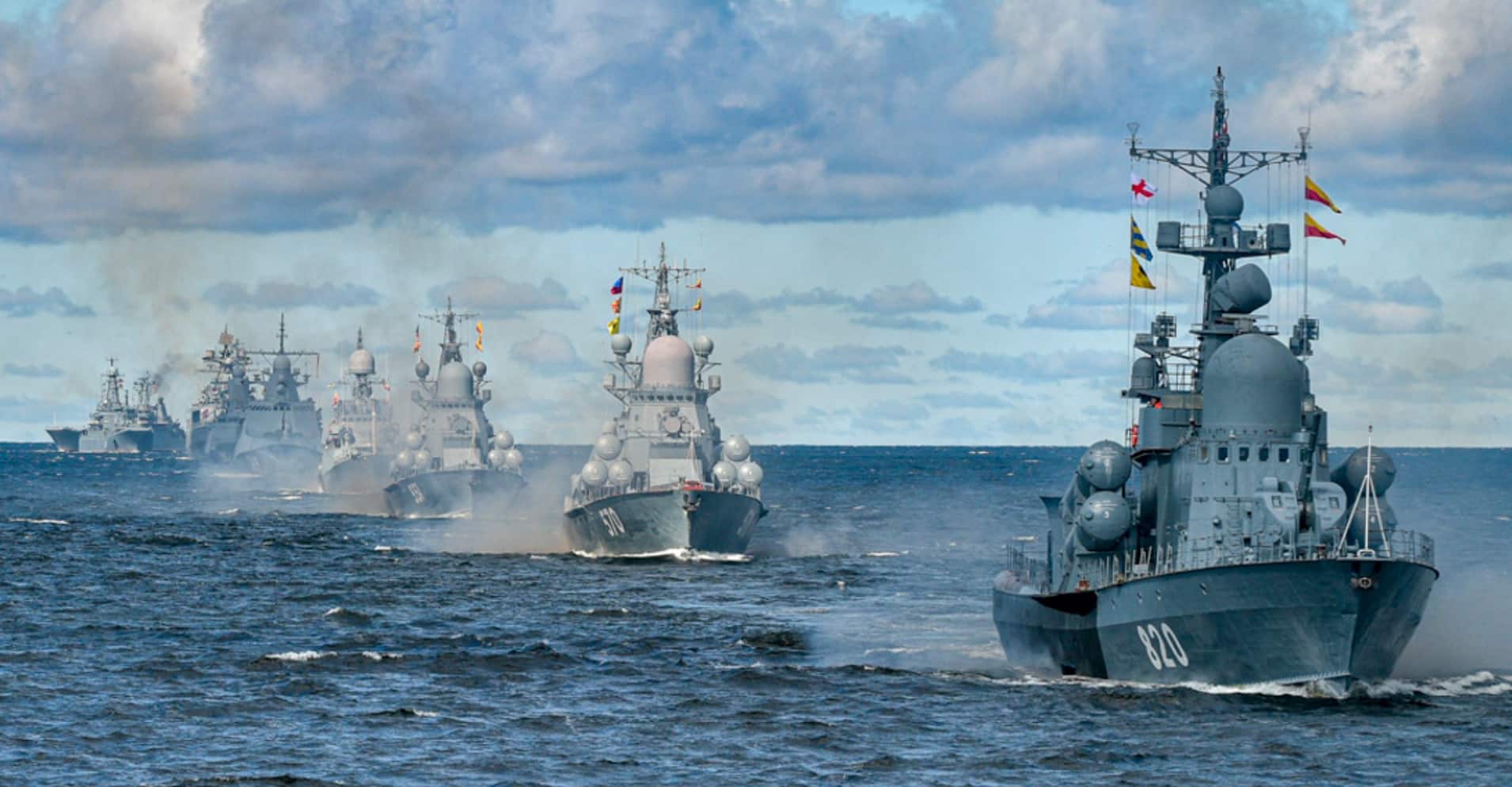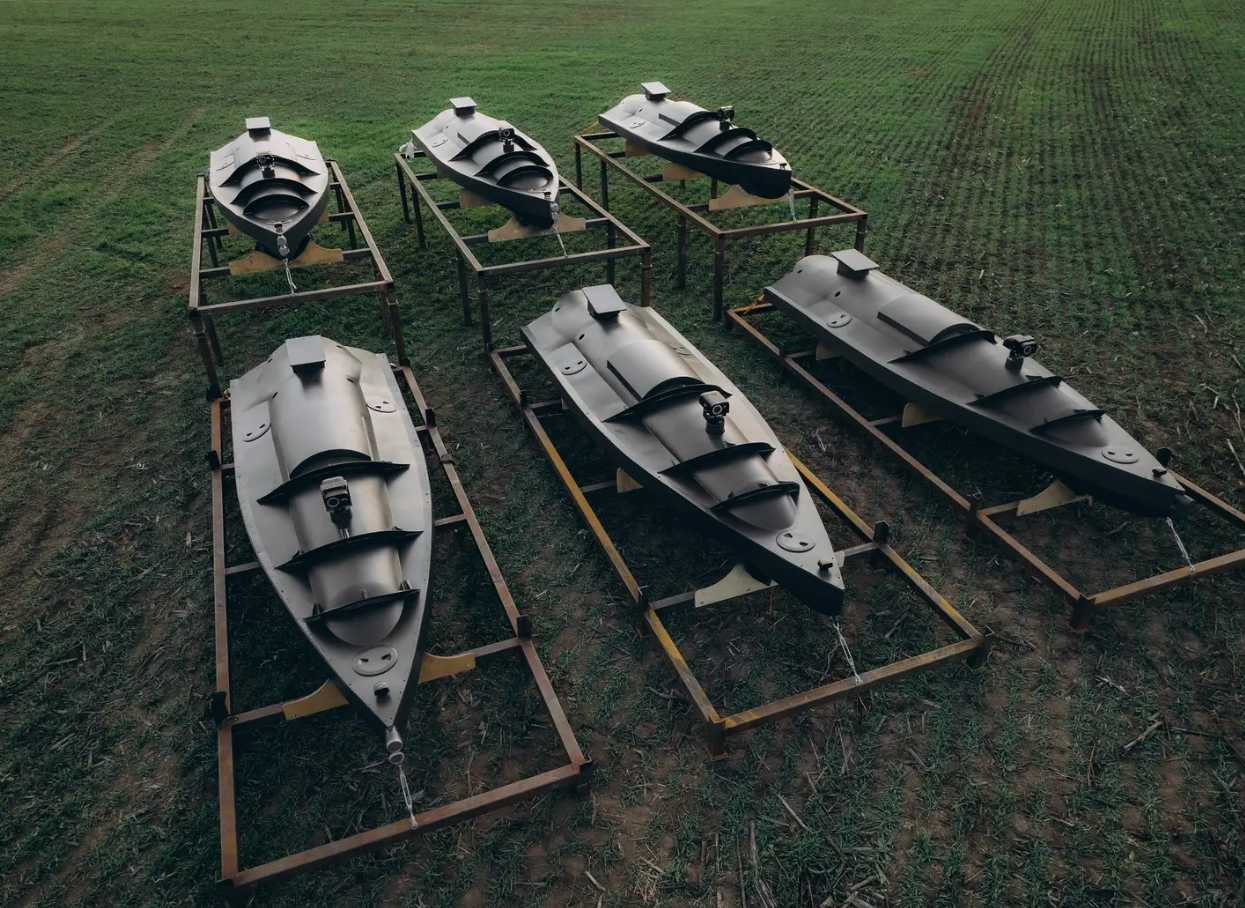In response to the growing threat posed by Starlink-controlled unmanned boats in the ongoing conflict with Ukraine, Russia has developed a sophisticated long-range radio monitoring complex designed to detect these elusive targets. Ukraine, meanwhile, is in the process of constructing drone squads that will mimic the abilities of a single warship.
“Hardest Hitting” Su-34 Fighter Remains Russia’s Top Warplane Despite ‘Staggering Loses’ – Expert
The new system, the ChVA-001-04RP-E, was developed by the Vector Research Institute, a part of the Ruselectronics holding of the Rostec State Corporation. On June 28, Russian media reported the successful development of the ChVA-001-04RP-E complex.
The conflict between Russia and Ukraine has highlighted the significant impact unmanned boats can have, both in terms of physical damage to naval vessels and the broader reputational damage to the Russian Navy.
These boats, often difficult to detect, have necessitated innovative countermeasures. According to Igor Glebov, chief designer at the Vector Research Institute, detecting small targets on the water surface with active radar is challenging.
A more effective approach involves tracking the control signals of these drones in a passive mode. However, detection becomes more complicated when these control channels utilize the Starlink satellite network.

Starlink’s antenna radiation is primarily directed upwards, with weaker side signals in the horizontal plane that must be detected.
Glebov explained, “Now we can detect their channels of information exchange. The difficulty lies in receiving a weak signal from spurious radiation. By adapting signal processing algorithms to specific tasks, significantly greater results can be achieved.”
The ChVA-001-04RP-E is said to surpass foreign counterparts with its broader frequency range, fewer placement requirements for antenna devices, improved weight and size characteristics, and significantly lower cost. The timeline for implementing the system on navy ships was not revealed.
The system includes an antenna device with a receiver and an intra-ship part comprising information processing and display devices. Being a passive system, it does not emit radiation during operation, making it undetectable by the enemy.
A mobile version of the complex is also in development, according to a representative of the holding. The developer said, “The trend now is mobility. Only a mobile vehicle can ensure a successful solution to the problem.”
Ukraine’s Naval Drones Achieved Significant Success Against Russia’s Black Sea Fleet
Drones are revolutionizing naval warfare just as unmanned aerial vehicles have revolutionized air combat. These drones are cost-effective, elusive, and challenging to counter, allowing smaller, less affluent countries to rival larger, more formidable fleets.
Most experts believed Ukraine’s nearly nonexistent navy would not stand a chance against Russia’s extensive fleet before the conflict started. However, Kyiv has damaged or destroyed around two dozen Russian ships of various sizes using explosive drones.
In February, Admiral Sir Tony Radakin, head of the United Kingdom’s Armed Forces, reported that Ukraine had sunk or damaged 25% of Russia’s Black Sea vessels.
In March, UK Defense Secretary Grant Shapps stated that Russia’s Black Sea Fleet was now “functionally inactive” due to “Putin’s ongoing occupation of Ukraine”.
These drones have also caused extensive damage to a key bridge from Russia to Crimea. Additionally, Ukraine has targeted Russian ships and port facilities with Western-supplied missiles.

In response, Russia has sent most of its Black Sea fleet away from Sevastopol. This dispersal also means Russian missiles take longer to reach their targets in Ukraine, providing more time for air-defense crews to intercept them.
To counter Ukraine’s sea drones, Russia has also moved its military aircraft and electronic jamming systems away from the front lines, easing the pressure on Ukraine’s ground forces.
Meanwhile, unable to build a conventional navy due to limited resources, Ukraine is focusing on developing squads of 10 to 20 drones, each equipped with distinct functions. These drones are designed to work together in coordinated operations, effectively replicating the capabilities of a single warship.
By leveraging this approach, Ukraine aims to create a versatile and cost-effective naval force that can address maritime challenges and enhance its defense capabilities despite budgetary constraints.
On the other hand, despite the setbacks, Russia is striving to enhance its navy. On June 27, President Vladimir Putin stated that significant progress had been made, with the Navy set to receive over 40 new ships and boats this year, surpassing the 33 and 24 vessels received in 2023 and 2022, respectively.
Putin stressed that the naval upgrades were part of a broader plan to modernize the navy’s ships, aircraft, coastal components, and base infrastructure. These improvements were aimed at bolstering Russia’s strategic positions globally and significantly enhancing its combat capabilities.
- Contact the author at ashishmichel(at)gmail.com
- Follow EurAsian Times on Google News




